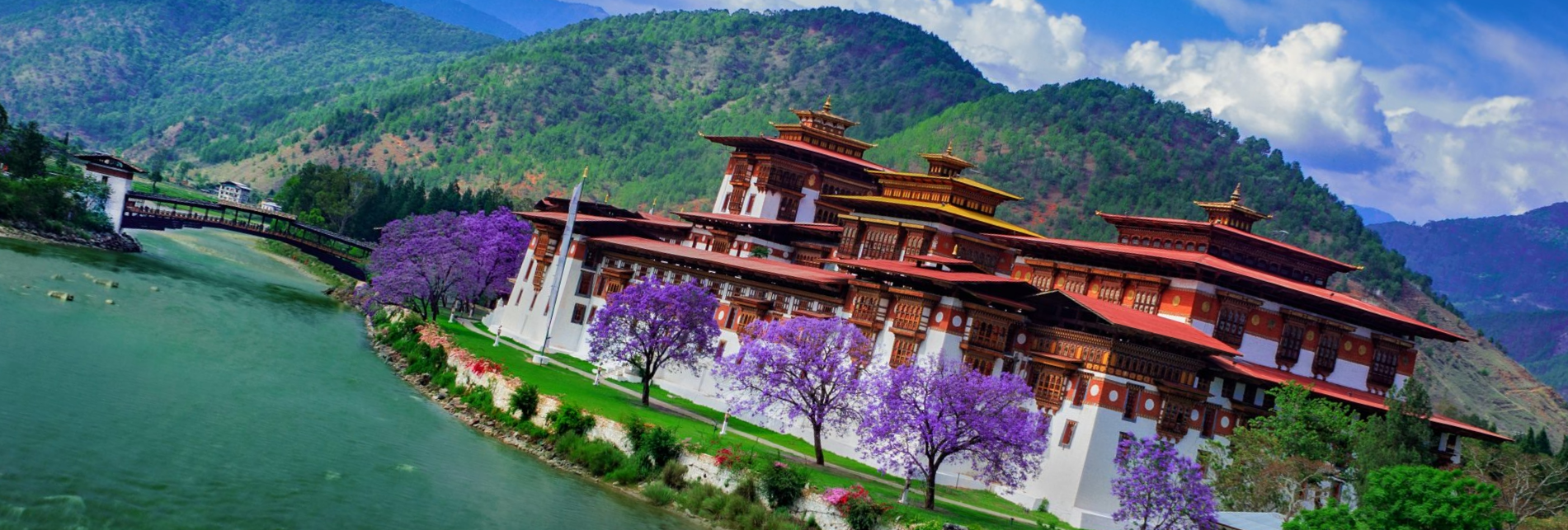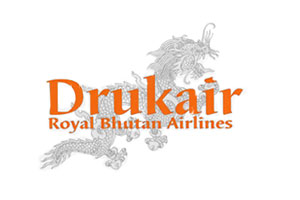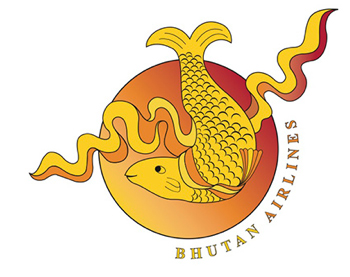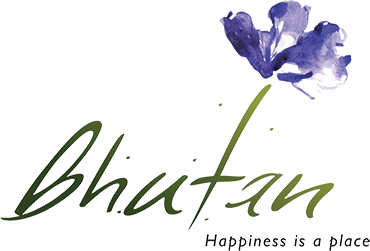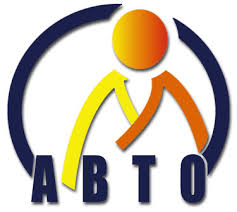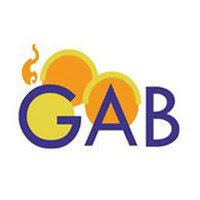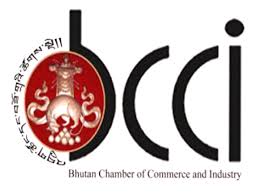FAQ
1. Where is Bhutan?
Bhutan is a tiny landlocked nation located in the eastern Himalayas between India and China. Its landscape ranges from subtropical plains and forests in the South to subalpine forests and snowy mountains in the North. Bhutan is a predominantly Buddhist country and is known as the last stronghold of Mahayana Buddhism or the Last Shangrila.
2. Do I need to use a tour operator to book my travel?
It is a government regulation that you must use a licensed Bhutanese Tour Operator to book your travel to Bhutan or one of their international partners. It is advised to Travel through local Licensed Tour Agent.
3. Do I need a visa to enter Bhutan?
All International tourists wishing to enter Bhutan require a visa and advised to pre-arrange through a licensed Bhutanese Tour Operator or one of their international partners who has local agent as their partner. Visa will be cleared by the local Tour Agent.
4. How much does the visa cost?
International tourist visas cost USD $40 it can be paid in advance to your tour operator or travel agent. Indian passport (or VIC) holders, Bangladeshi nationals, and the tourists from the Maldives, the visa cost is not incurred.
5. How do I get to Bhutan?
There are a number of airports where you can fly into Bhutan from (Bangkok, Delhi, Kolkata, Bagdogra, Bodh Gaya, Dhaka, Kathmandu, Guwahati, Singapore, and Mumbai). At present only two carriers (Drukair and Bhutan Airlines) operate in Bhutan. Also, there are three land border crossings which you can travel into the kingdom overland, Phuentsholing, Gelephu, and Samdrup Jongkhar. Your selected tour operator will make
all the necessary arrangements.
6. What is SDF
Earlier before the Covid 2019, there is a minimum dialy charges of US$ 250 per night per person where US$ 65 is deducted as Tourism Royalty SDF (sustainable development fee). The balance is used for the arranged tour. Howeve,r after the reopening of Tourism after Covid 19 Pandemic, the Bhutan Tourism Policy changed and now the SDF is US$ 100 per night per person. The remaining US$ 185 was being usedf or the package
on hotels (3*), all meals, transportation, sightseeing, guide, entrance fees etc.
7. What currency is used in Bhutan?
Bhutanese currency is known as the Ngultrum. Its value is tied to the Indian Rupee which is also accepted as legal tender. However, Indian notes more than 500 denominations are not acceptable 8. Is there a limit on the number of tourists that can enter Bhutan each year?
There is no limit.
9. What’s the food like in Bhutan?
The most distinctive characteristic of Bhutanese cuisine is its spiciness. Chilies are an essential part of nearly every dish and are considered so important that most Bhutanese people would not enjoy a meal that is not spicy enough. Rice forms the main body of most Bhutanese meals. It is accompanied by one or two side dishes consisting of meat or vegetables. Usual meat such as Pork, beef, and chicken are preferred most often. A wide selection of western and Indian food is also available .

